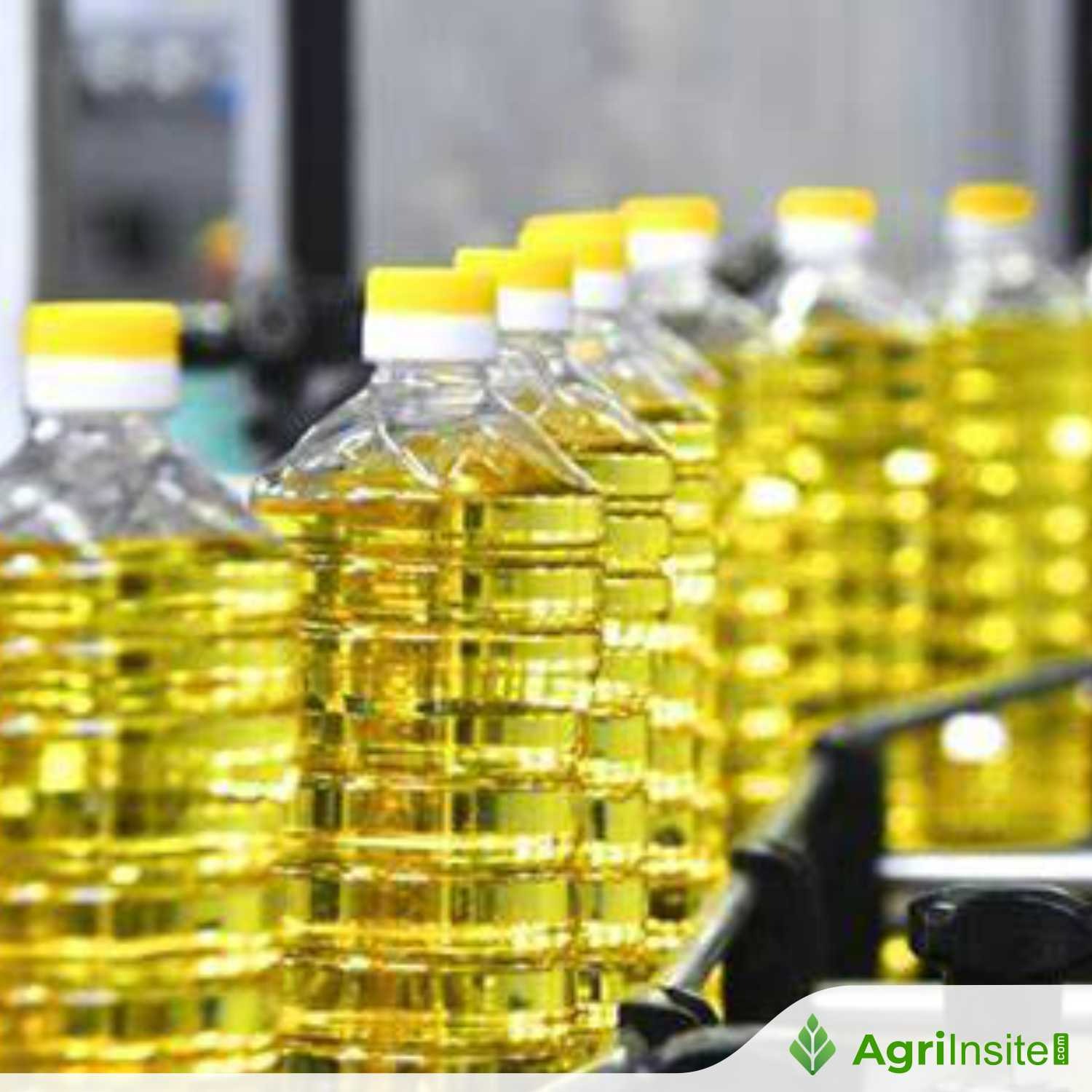Every Indian now consumes 24 kg edible oil a year, triple the 2001 level

India’s edible oil consumption has tripled in two decades, far exceeding health guidelines and driving up import dependence. With 60% of its needs met through imports, India’s reliance on palm and soybean oil is growing. Rising health issues linked to oil-rich diets have prompted government missions to boost domestic oilseed output and promote reduced oil consumption for better public health.
India’s per capita edible oil consumption has nearly tripled in the last two decades, escalating the country’s dependence on imports and deepening public health concerns related to obesity and non-communicable diseases, according to a report by Mint.
From just 8.2 kg in 2001, per capita annual consumption of edible oil has soared to 23.5 kg—nearly double the limit of 12 kg recommended by the Indian Council of Medical Research (ICMR). Niti Aayog member Ramesh Chand noted that the government is working to enhance domestic production under the National Mission on Edible Oils, with a dual focus on palm oil and traditional oilseeds, Mint reported.
India remains heavily reliant on edible oil imports
Despite some gains in domestic output, India remains heavily reliant on imports. Recent data from the Solvent Extractors’ Association of India (SEA) shows the country consumes about 25–26 million tonnes of edible oil annually, while producing just 11 million tonnes locally—leaving a 60 per cent gap filled through imports. India sources palm oil from Indonesia and Malaysia, soybean oil from Argentina and Brazil, and sunflower oil from Russia and Ukraine.
India’s import of crude soybean oil more than doubled to over 1.9 million tonnes between November 2024 and March 2025, compared to the same period a year ago. The country’s overall edible oil imports stood at an estimated 16 million tonnes in 2023–24, highlighting the widening demand–supply gap.
Palm oil leads India’s edible oil consumption
According to industry figures, palm oil now accounts for over 37 per cent of India’s edible oil consumption, followed by soybean (20 per cent), mustard (14 per cent), and sunflower (13 per cent). Demand is particularly high from the HoReCa segment (hotels, restaurants, and catering), driven by a surge in out-of-home food consumption, ready-to-eat products, and bakery items.
High oil consumption flagged in big and small cities
Home-cooked and commercially prepared oil-rich diets are driving up health issues in big cities as well as Tier-II and Tier-III cities. Excessive oil intake has been linked to obesity, cardiovascular diseases, fatty liver, and type-II diabetes.
Centre launches mission to reduce edible oil imports
To curb this trend and reduce import dependence, the Centre is ramping up efforts to boost self-sufficiency. In October 2024, it approved the National Mission on Edible Oils–Oilseeds (NMEO–OS), with a budget of ₹10,103 crore. The mission aims to raise oilseed production from 39 million tonnes in 2022–23 to 69.7 million tonnes by 2030–31. It complements the ongoing National Mission on Edible Oils–Oil Palm (NMEO–OP), launched in 2021 with an outlay of ₹11,040 crore.
PM calls on nation to reduce edible oil intake
Meanwhile, Prime Minister Narendra Modi on Saturday endorsed efforts to reduce oil intake, as part of a broader push for a healthier India. Responding to a pledge from Union Health Minister JP Nadda to cut oil consumption by 10 per cent, Modi emphasised the importance of small lifestyle changes to combat obesity and lifestyle diseases, on the occasion of World Liver Day.
To Read more about Edible Oil News continue reading Agriinsite.com
Source : Business Standard
















